14 February - 20 February
Section outline
-
EXPLORE / TŪHURA learning intentions:
- We are EXPLORING... the Treaty of Waitaingi
- We are EXPLORING...my immigration story, understanding who we are and where we came from

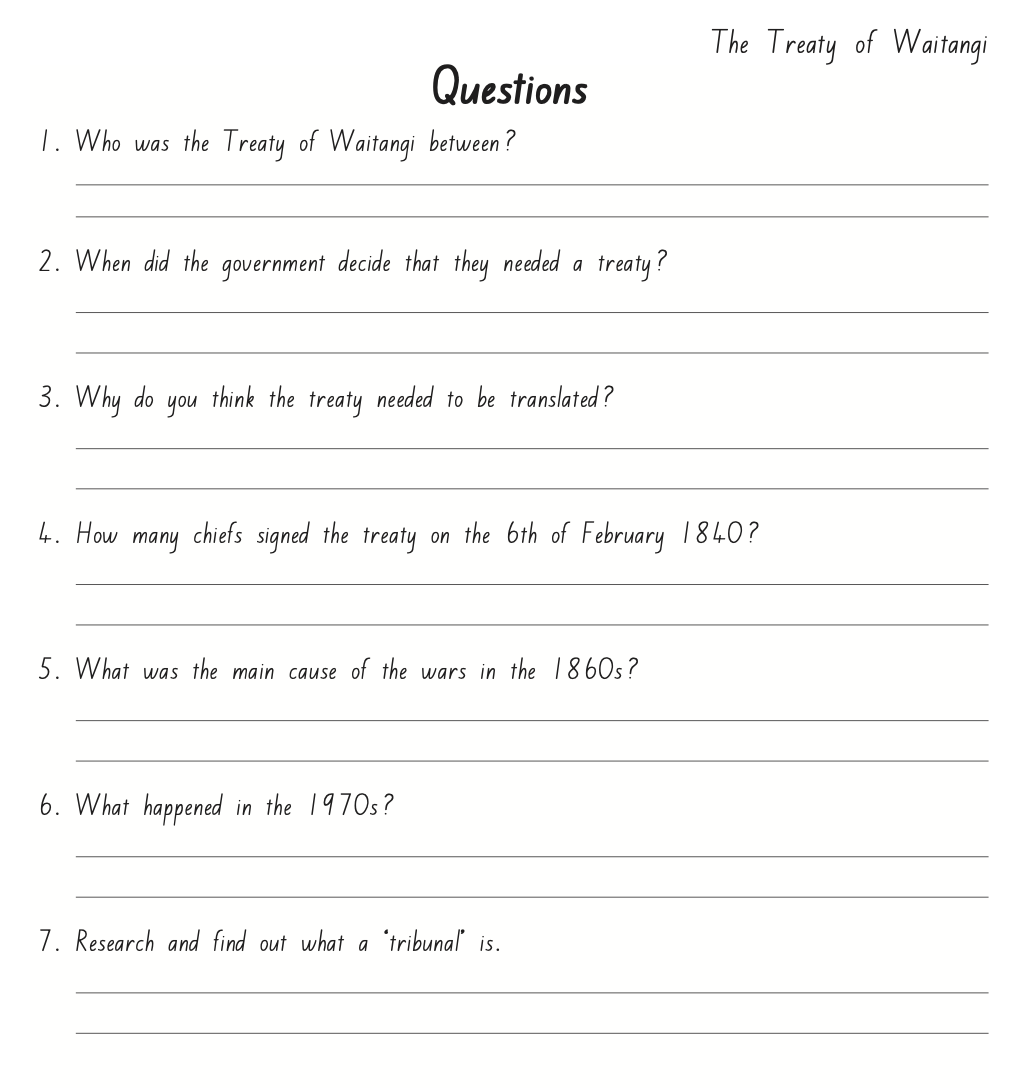
During this week we will also be completing our pepeha to share in class, so that we all get to know each other and learn more about our cultures.
Pepeha is a way of introducing yourself in Māori. It tells a story of the places and people you are connected to.
WALT:
Make connections and share information about our cultures, so that we get to know and understand each other.This is to help build relations and help us connect better with each other.
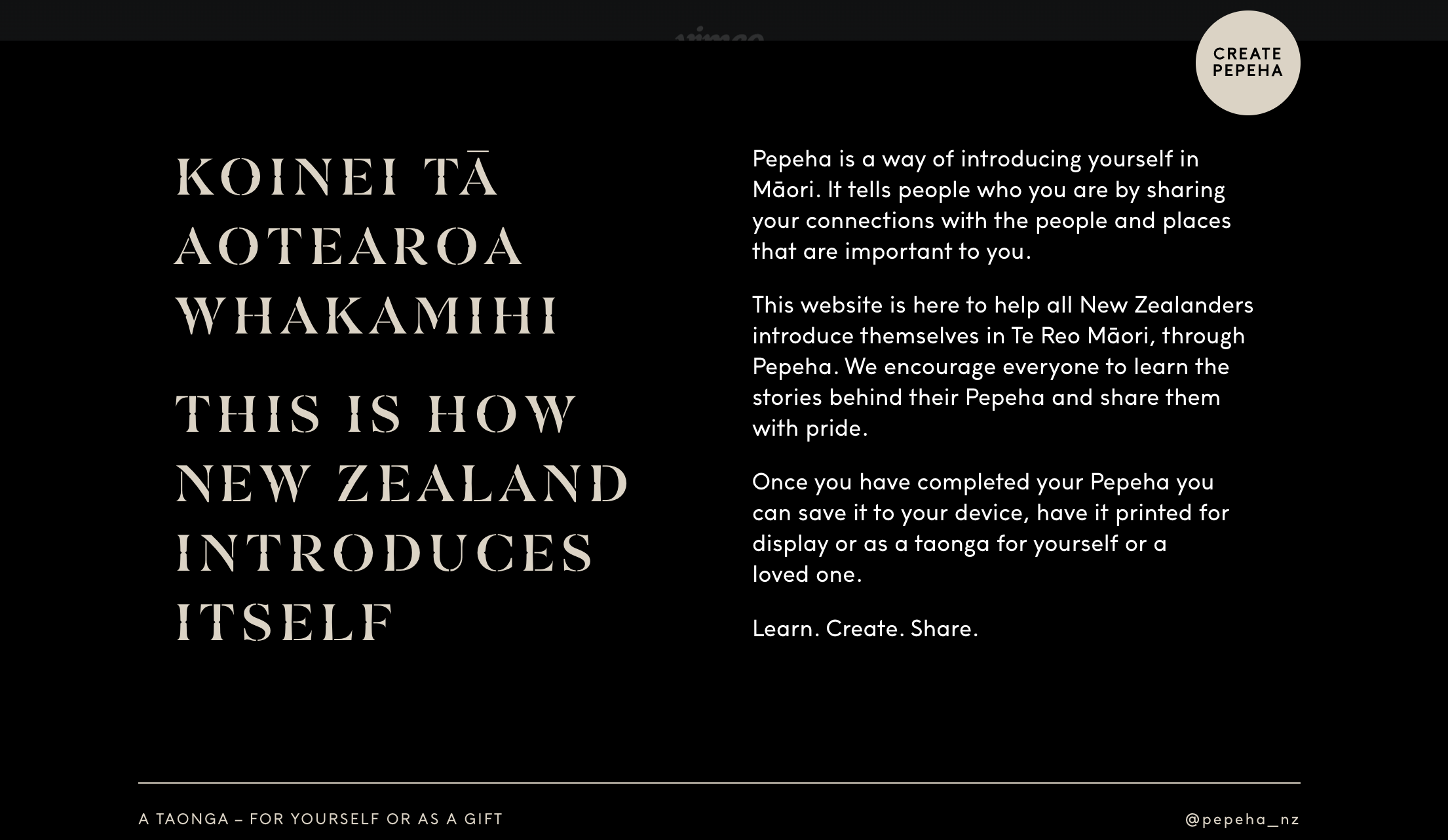
I can...
- Understand our learning context by making links to ourselves/ friends and community
- Understand my immigration story and pepeha by creating a visual that describes me
- Using the link provided, complete your pepeha: https://pepeha.nz/
- Take some time to practise your pepeha and read it to Mrs Gao
- Say your pepeha to your buddy.
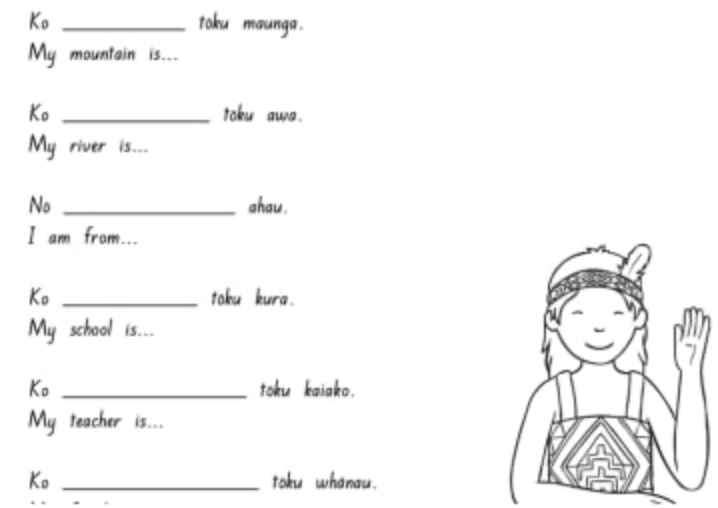
- In your groups, brainstorm our learning context, Our Place and come up with ideas that link with us and our community eg: We are all in this together as it is our first few weeks back at school after a long lockdown and the school holidays. Discuss your excitement/ fears/ expectations and the values we share!
- Write down your most important values and skills.Let us also examine the meaning of key words like respect/ religion/ culture/ traditions/ heritage/ immigration/ changes and adaptation.
- Reflect on your immigration story . Did you or you parents immigrate from another country? Why did you leave? What re the various values and practices of of culture you were exposed too from your birth country or parents birth country? Is it different or similar to the values of living in New Zealand.
- Think of all the values you consider as an import part of who you are are that has been shown and taught to you by your family, community and school. Using the information draw a plan of the different symbols, images, colours, flags, that make up your unique identity. Complete this on a new page in your Global Studies book or digitally.
- Think of a way you would like to showcase your cultural identity . For example, design a digital pepeha from your culture that shows your cultural side compared to your Kiwiana side, or perhaps it is an integration of both your culture and new adopted Kiwi culture embodied as one. You could share both sides of your culture or one side. It's up to you! :)
- This can be created in various ways e.g.: The face mask or a bandana, flags, music instruments, cultural food, important traditional clothing, religious symbols, clothes, phrases, dance form, values: respect, compassion, care, support and understanding. However, I will allow you to express your cultural identity using any model or visual you like.
- Once you have completed this, share your pepeha with the class.
Resources:Mihi - introductions, Māori ki Te Whare Wānanga o Ōtākou ...
Thursday: Skills
EXPLORE / TŪHURA learning intentions:
- We are EXPLORING our Mapping skills.
- We are EXPLORING the use of compass directions.
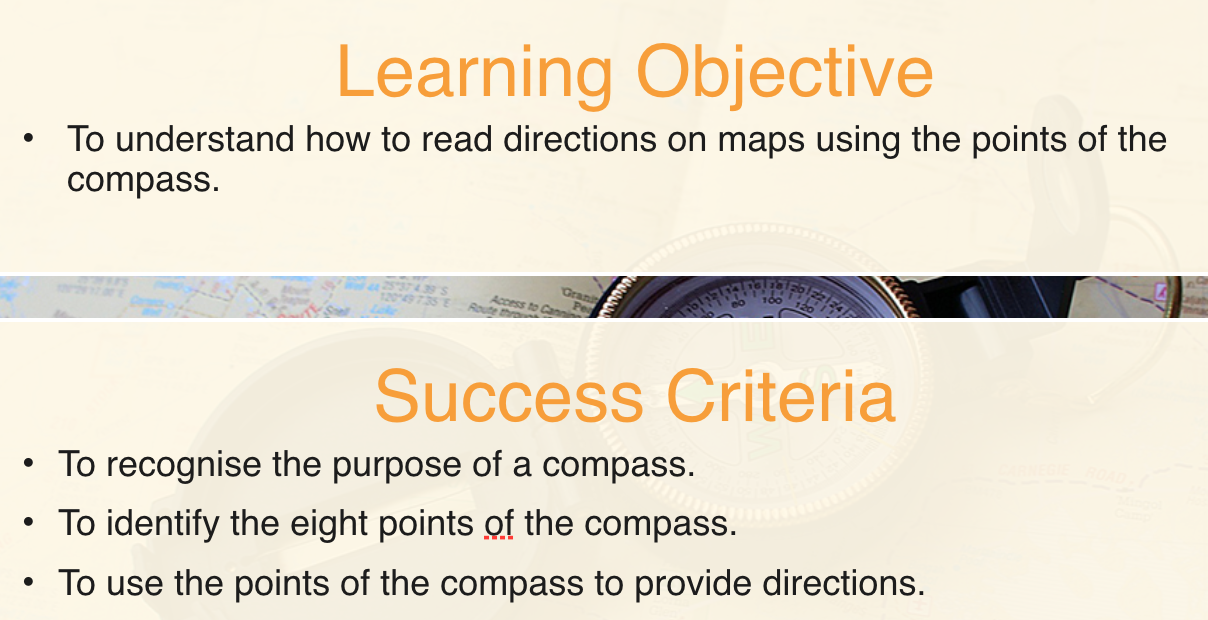
Activities:
Starting on a new page in your books, write down the heading Mapping Skills and Direction.Copy the Learning Objective and Success Criteria.
Next answer the questions from the slide below in your Global Studies book.

For your information,

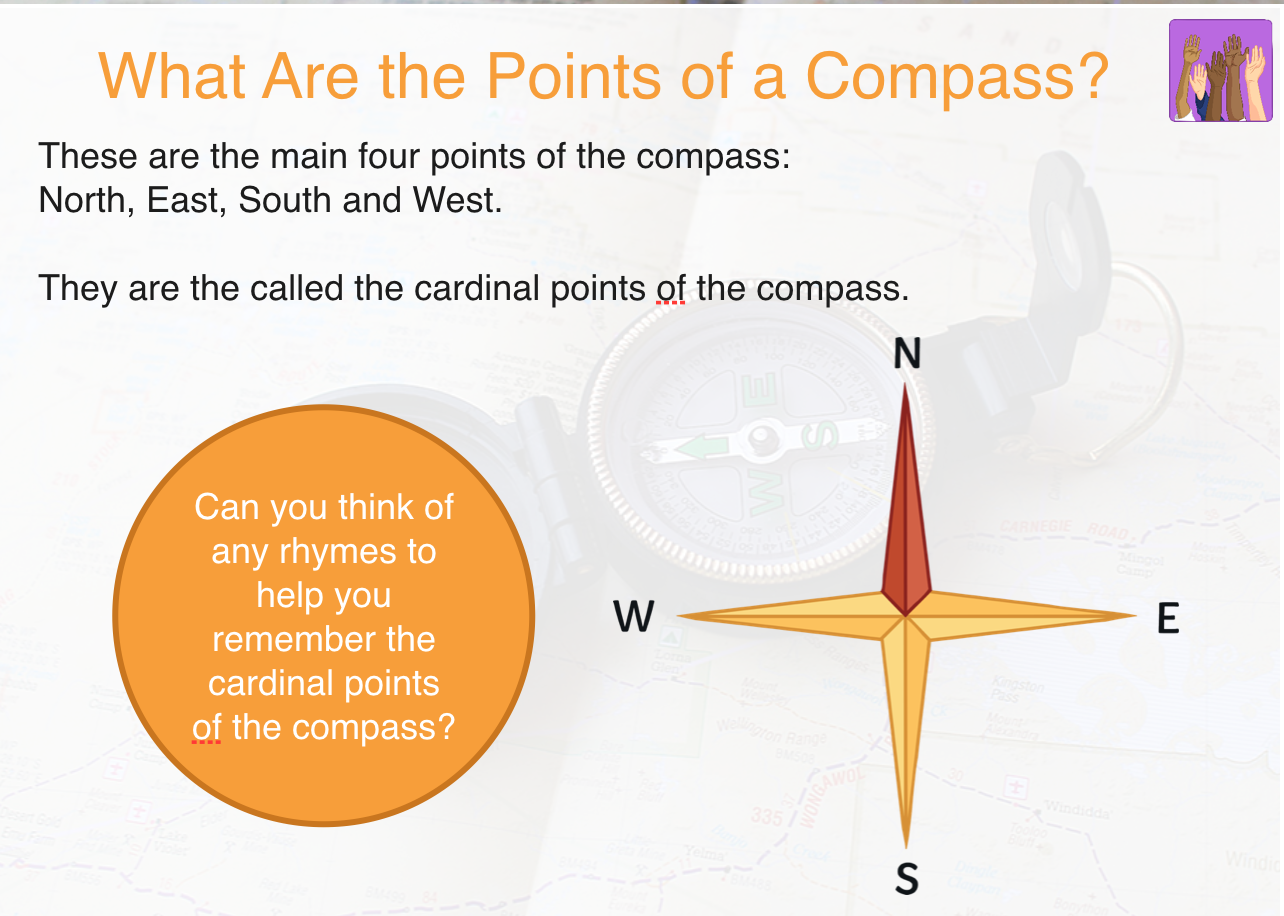
Copy the compass points image below in your book and label the compass points.
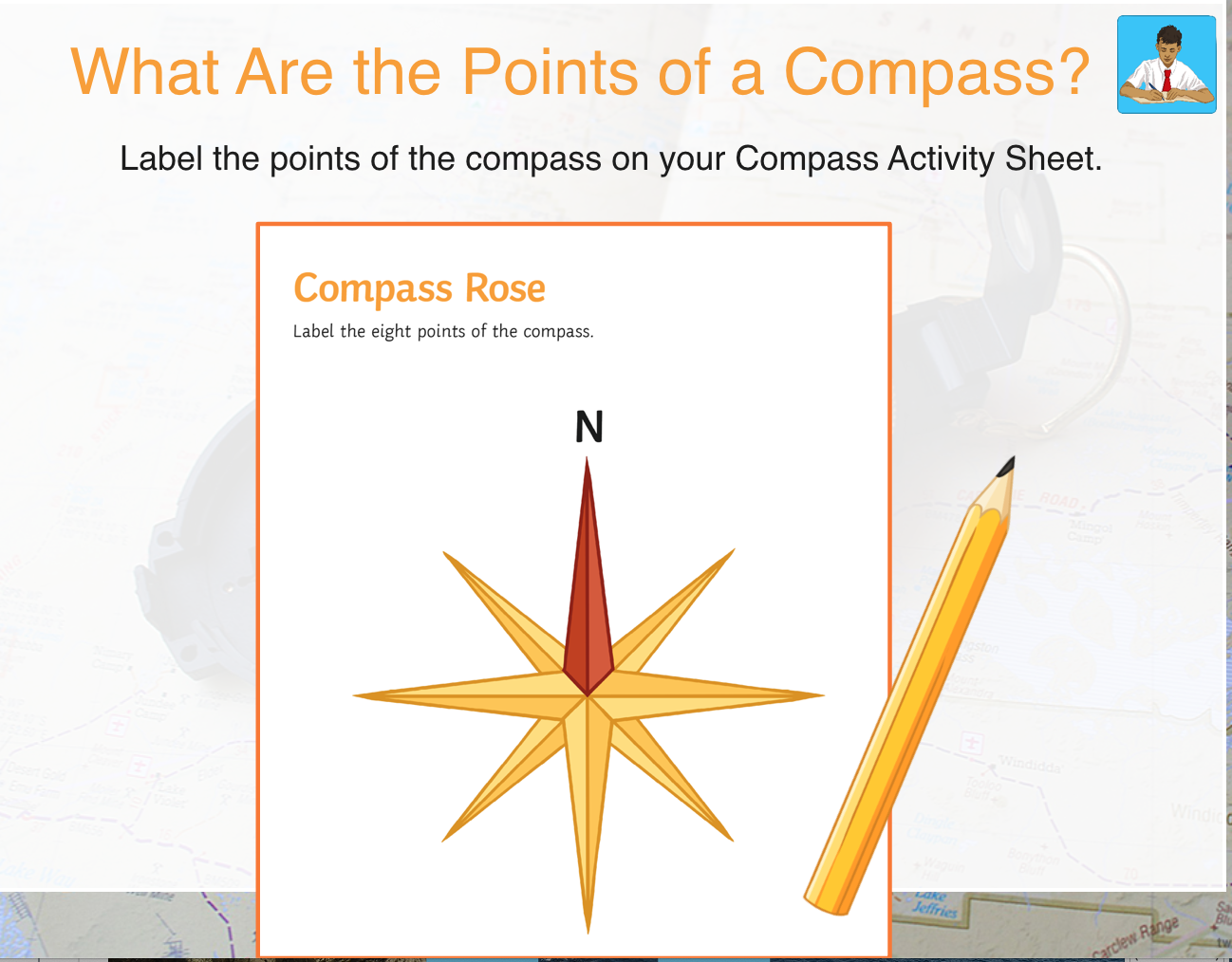
Activities: Quiz
